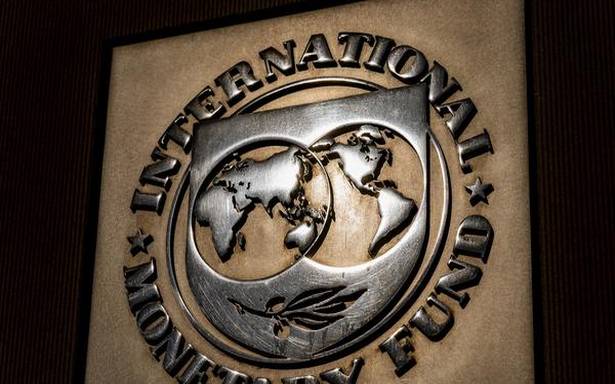Averting divergent outcomes would mean “resolving the health crisis everywhere” the report says
After an estimated contraction of 8% in the fiscal year that ended March 31, India is projected to grow at 12.5 % during the current year, settling down to 6.9% growth year (FY22/23), according to the World Economic Outlook (WEO): Managing Divergent Recoveries, released by the IMF as the World Bank IMF Spring Meetings kick off virtually. The growth outlook for India however comes with significant downside risks because of the current pandemic wave the country is experiencing, IMF economists said.
The projections for India were based on evidence to support the normalization of economic activity but these forecasts preceded the current wave of COVID-19 in India, “ which is quite concerning,” IMF Chief Economist Gita Gopinath said at a press conference on Tuesday.
The current growth projections already take “ a fairly conservative view” IMF economist Malhar Nabar said.
“ But it’s true that with this very worrying uptick in cases…poses very severe downside risks tothe growth outlook for the economy,” he said.
After an estimated contraction of 3.3% in 2020 (calendar year), the global economy is expected to grow 6% this year and 4.4% next year, although there are significant divergences within and between countries. Projections for 2021 are slightly higher than they were in October 2020 due to fiscal support in some large economies and vaccine-supported recovery. The U.S.’s 1.3 percentage point forecast upgrade, especially, contributed to this, resulting in U.S. growth projections of 6.4% and 3.5% this calendar year and next.
The U.S. GDP level in 2022 is forecast to be higher than in a non-pandemic scenario – the only large economy for which this is true. Other economies are also expected to rebound this year albeit at a slower rate, as per the IMF. The Euro Area is projected to grow at 4.4% and 3.8% over these time periods; China, at 8.4% and 5.6%.
Global growth is projected to settle at 3.3% in the medium term due to damage inflicted on supply potential as well factors that pre-date the pandemic such as ageing (which has resulted in slower labour force growth in advanced economics and some emerging markets).
“Recoveries are also diverging dangerously across and within countries, as economies with slower vaccine rollout, more limited policy support, and more reliant on tourism do less well,” Ms Gopinath said.
Averting divergent outcomes would mean “resolving the health crisis everywhere” the report says. The average annual loss in per capita GDP over the 2020-24 period relative to pre-pandemic forecasts is expected to be 5.7% in low-income countries and 4.7% in emerging markets, For advanced economies, this number is a lower: 2.3%.
Pandemic pushed another 95 million into extreme poverty in 2020
“Such losses are reversing gains in poverty reduction, with an additional 95 million people expected to have entered the ranks of the extreme poor in 2020 compared with pre-pandemic projections,” Ms Gopinath said.
Pointing to uneven recovery within countries, Ms Gopinath wrote, the unskilled, young and women were more impacted.
“Women have also suffered more, especially in emerging market and developing economies. Because the crisis has accelerated the transformative forces of digitalization and automation, many of the jobs lost are unlikely to return, requiring worker reallocation across sectors—which often comes with severe earnings penalties,” Ms Gopinath wrote in a blogpost accompanying the report.
The COVID-19 pandemic is expected to ‘leave smaller scars’ than the 2008 financial crisis, due to the unprecedented policy response. However, emerging markets and low-income countries are expected to suffer more medium -term than their high income counterparts according to the IMF.
Given the large uncertainty surrounding the outlook, the report recommended that policymakers “prioritize policies that would be prudent, regardless of the state of the world that prevails—for instance, strengthening social protection with wider eligibility for unemployment insurance to cover the self-employed and informally employed.” It also advocated adequate resources for healthcare, education, vocational training, early childhood development programs and investing in green infrastructure.
The report called for international cooperation, specifically to ensure adequate vaccine access globally, including by sufficiently funding COVAX, the international vaccine facility.
“The international community also needs to work together to ensure that financially constrained economies have adequate access to international liquidity so that they can continue needed health care, other social, and infrastructure spending required for development and convergence to higher levels of income per capita,” the IMF report said.


